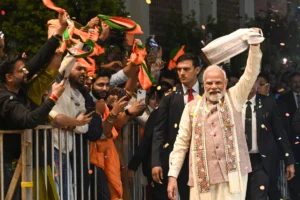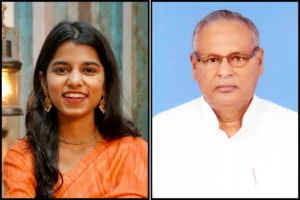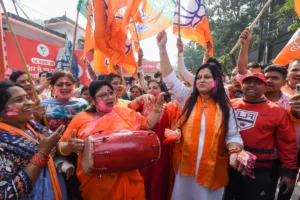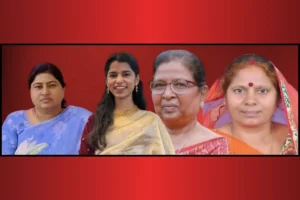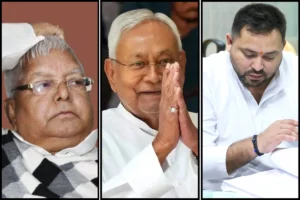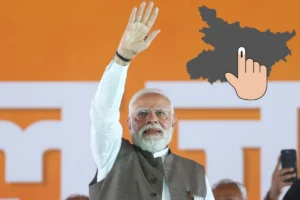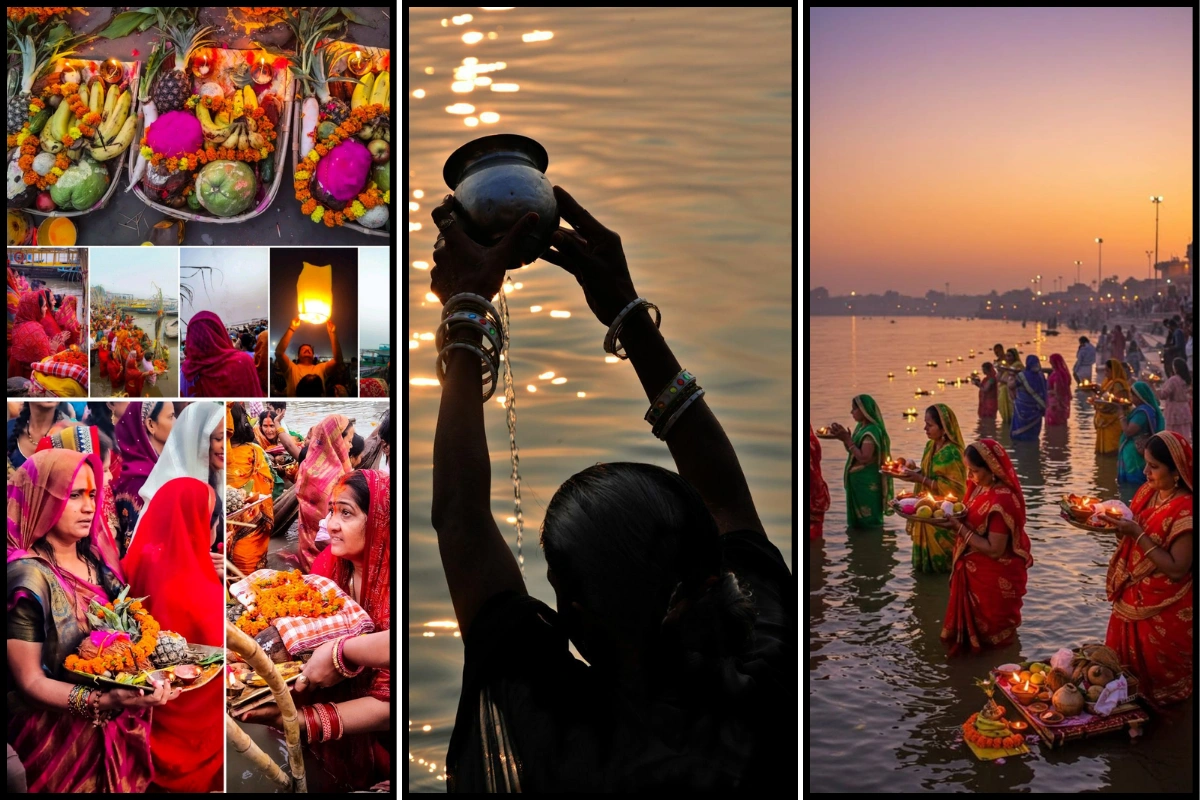
The four-day festival of Chhath Puja, dedicated to the worship of the Sun god, began on Saturday with the ritual of Nahay-Khay.
The festival celebrates the deep bond between humanity and nature, symbolising purity, gratitude, and self-discipline.
On the opening day, devotees known as Vratis (those observing the fast) take a sacred bath in rivers or ponds before eating a simple sattvic meal of arwa chawal (plain rice) and lauki ki sabzi (bottle gourd curry) after prayers.
Dishes such as chana dal, amla chutney, and papad also feature in the offerings, which devotees later serve as prasad (ritual offerings).
Large gatherings are likely at riverbanks and bathing ghats across India, where thousands of worshippers will come together to perform the rituals with devotion and faith.
Regarded as one of the most ancient festivals of Sun worship, Chhath Puja traces its origins to the Satyuga and Dwapara Yuga.
During the celebration, devotees undertake rigorous fasting, often abstaining from both food and water, as an act of devotion seeking the Sun god’s blessings for prosperity, good health, and harmony.
Devotees believe that worshipping the Sun during Chhath removes negativity and brings peace and positivity to life.
The festival holds special significance in Bihar, Jharkhand, and eastern Uttar Pradesh, while it is also widely observed in Nepal and among Indian communities abroad.
Dedicated to Surya, the Sun god, and his sister Chhathi Maiya, the festival underscores the values of purity, thankfulness, and family well-being.
Four Days of Faith and Fasting
Chhath Puja unfolds through four distinct days, each marked by symbolic rituals of cleansing, endurance, and devotion:
- Day 1 – Nahay-Khay: The festival begins with devotees taking a purifying bath in rivers or ponds. They bring home fresh produce and grains to prepare the day’s offerings, maintaining strict cleanliness and sanctity.
- Day 2 – Kharna: Devotees fast from sunrise to sunset, preparing offerings of jaggery, rice, and wheat. Devotees break the fast after sunset with prayers and share the prasad with family and neighbours, promoting togetherness.
- Day 3 – Sandhya Arghya: In the evening, devotees gather near water bodies to offer arghya (prayers and offerings) to the setting Sun, presenting fruits, sugarcane, and prasad in gratitude for the Sun’s life-giving energy.
- Day 4 – Usha Arghya: On the final morning, offerings are made to the rising Sun. Devotees then end their fast, symbolising renewal and spiritual rebirth, and distribute prasad among family and community members.
Celebrated with sincerity and simplicity, Chhath Puja highlights the importance of nature’s bounty and the virtues of self-purification.
Each offering, fruits, vegetables, and sweets, represents the gifts of nature, while fasting and prayer express inner cleansing and devotion.
At its heart, Chhath Puja is a festival of gratitude, reminding people of the balance between humankind and the natural world and fostering reverence for life’s essential elements.
Also Read: ‘Bahangi Lachkat Jaye’: Bihar Woman’s Chhathi Maiya Song For PM Modi Melts Hearts Online
To read more such news, download Bharat Express news apps







